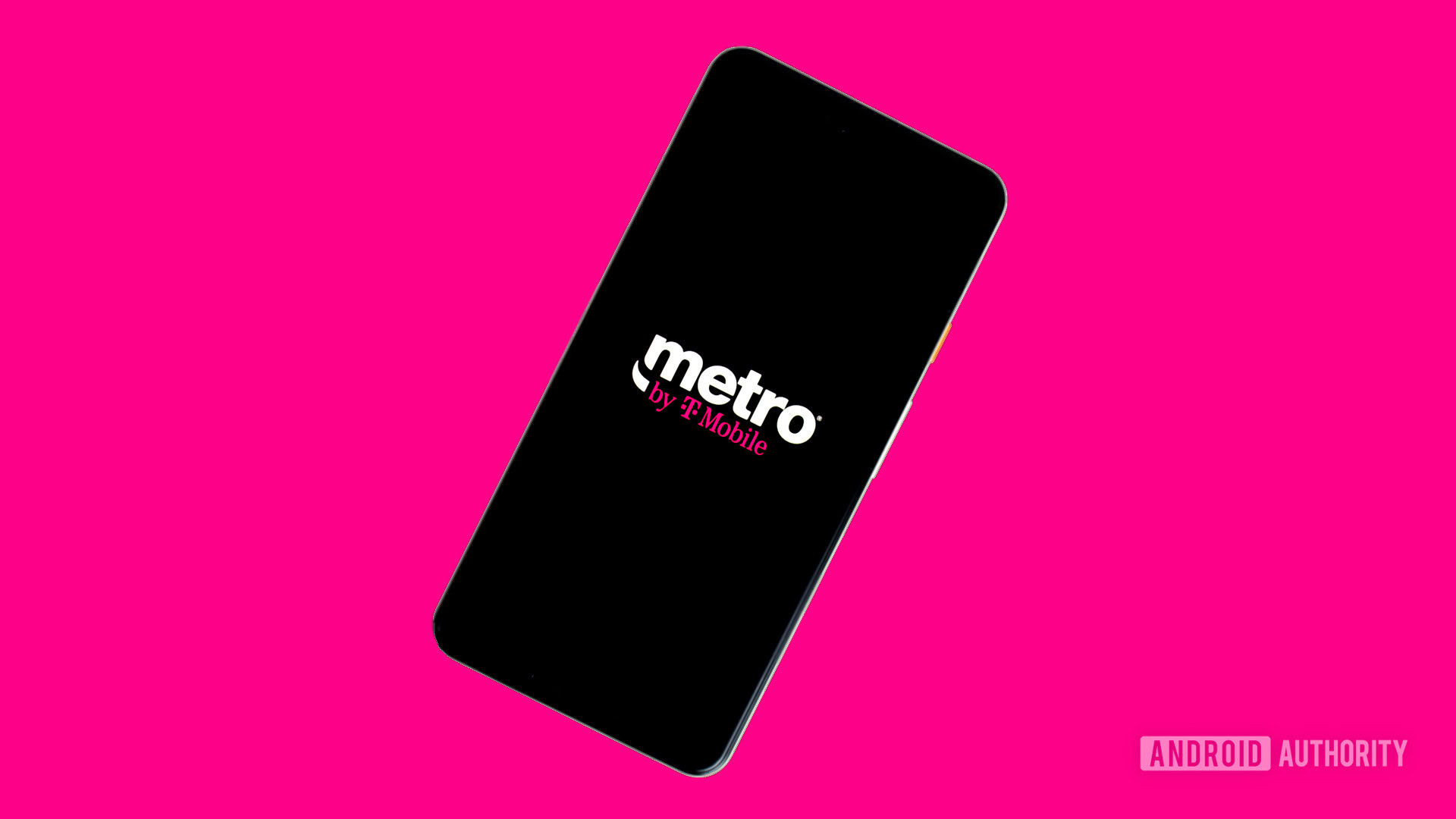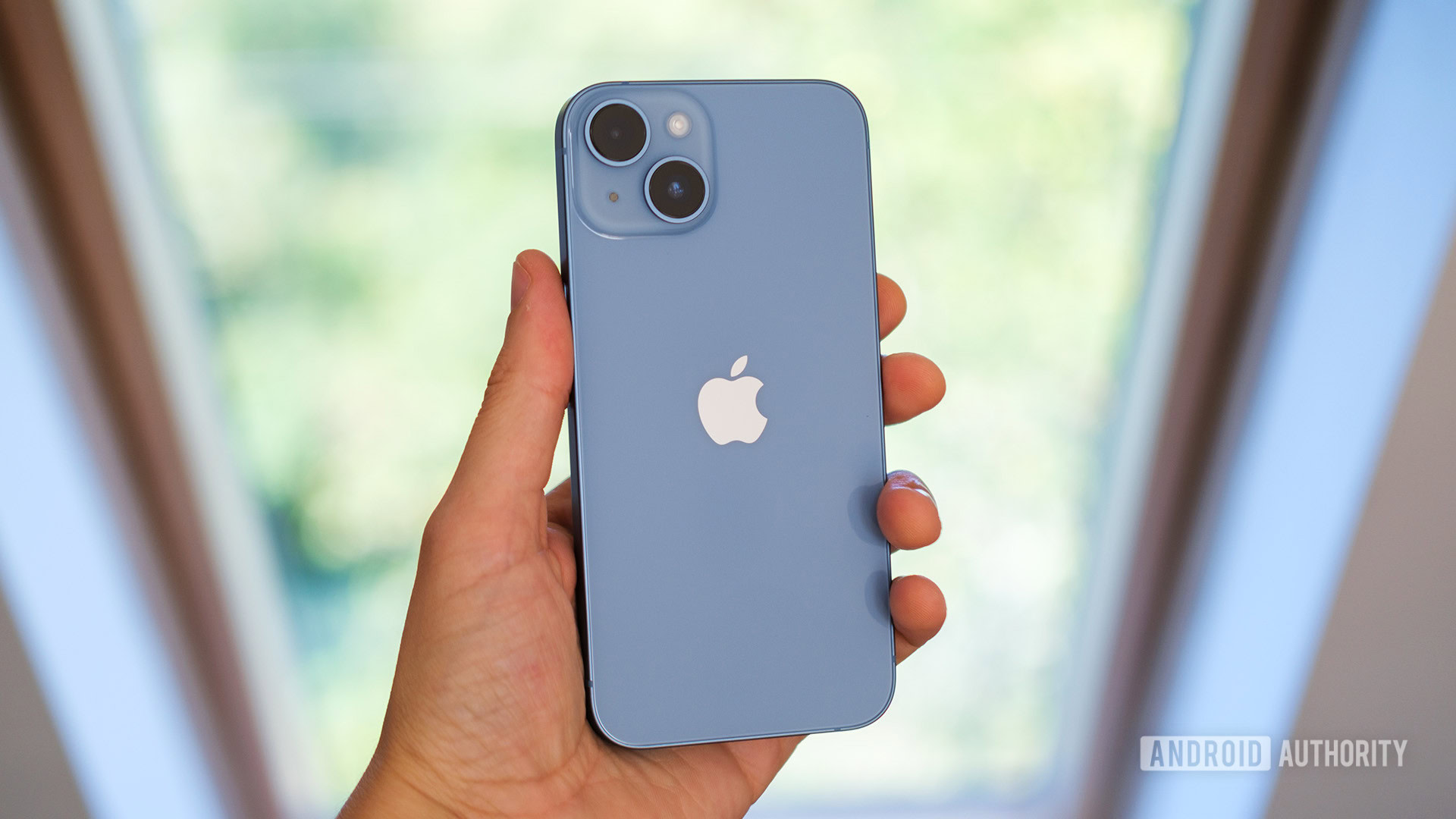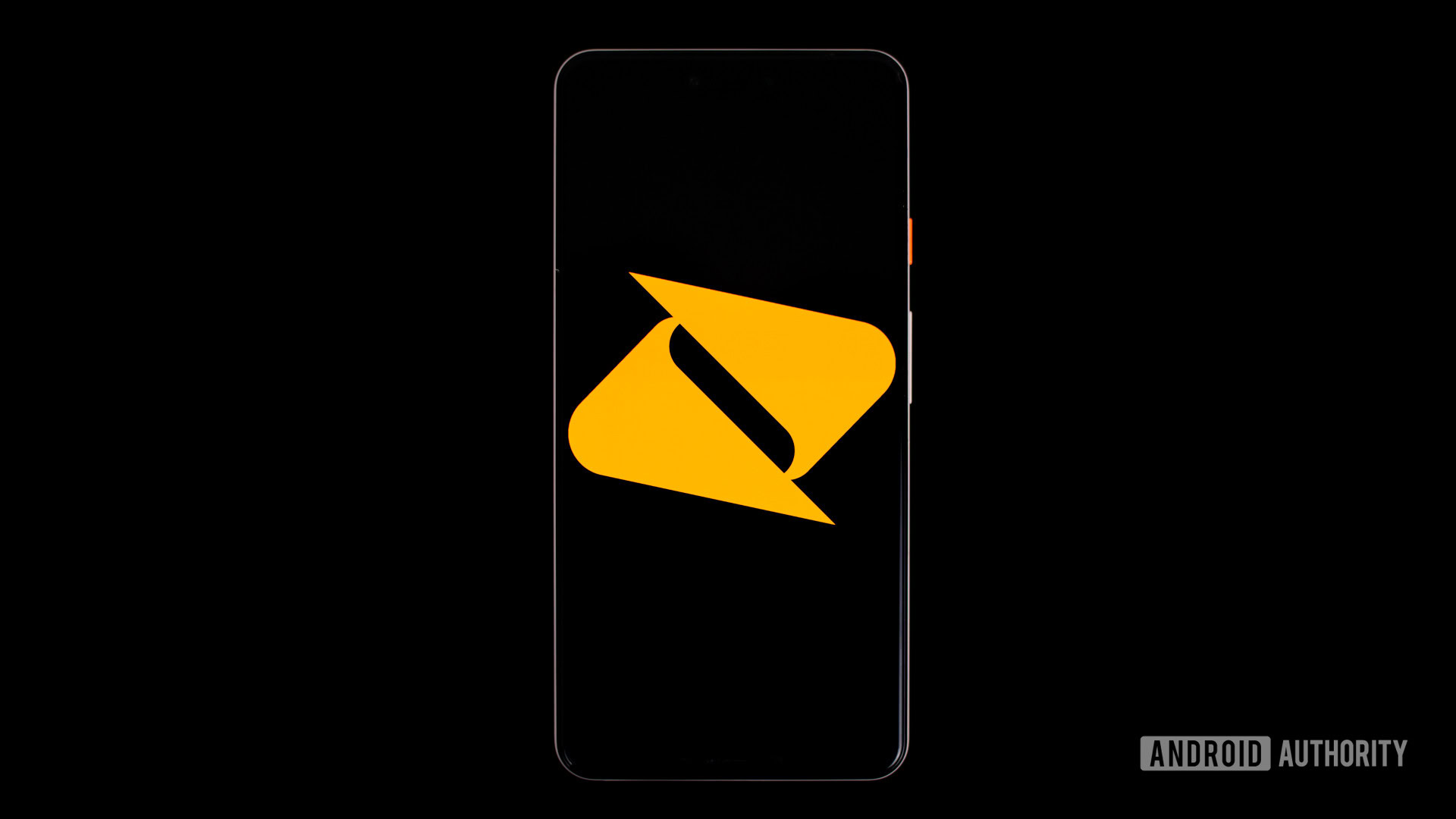Affiliate links on Android Authority may earn us a commission. Learn more.
Boost Mobile vs Metro by T-Mobile: Which carrier is best for you?

Choosing the right mobile carrier is arguably more important than choosing the right phone. What’s the point in picking up the best smartphone if your carrier imposes strict limits? Today, we’re looking at Boost Mobile vs Metro by T-Mobile, two MVNOs that may be just what you’re looking for. But which should you go with? Find out below.
Boost Mobile vs Metro by T-Mobile: Pricing and plans
| Boost Mobile plans | Metro by T-Mobile plans | |
|---|---|---|
Limited data plans | Boost Mobile plans Stackable Rate Plans: 2GB: $15 per month 5GB: $25 per month 10GB: $35 per month | Metro by T-Mobile plans |
Unlimited data plans | Boost Mobile plans Unlimited Plans: 35GB (12GB mobile hotspot): $50 per month for one line Additional line for $30 per month 35GB (30GB mobile hotspot): $60 per month for one line Additional line for $40 per month | Metro by T-Mobile plans $40/mo Prepaid Unlimited Plan: $40 per month for one line $80 per month for two lines $90 per month for three lines $100 per month for four lines $125 per month for five lines $50/mo Prepaid Unlimited Plan: $50 per month for one line $80 per month for two lines $110 per month for three liens $140 per month for four lines $170 per month for five lines $60/mo Prepaid Unlimited Plan: $60 per month for one line $90 per month for two lines $120 per month for three lines $150 per month for four lines $180 per month for five lines |
The correct voice and data plan will keep you connected on the road and your wallet happy. Right off the bat, you’ll notice that Boost Mobile offers the lowest pricing tiers, starting at $15 per month for the 2GB Stackable Rate plan. That 2GB of data is a hard limit, so users will be prompted to purchase an additional Data Pack add-on to resume connectivity once its used up. Nevertheless, for those who prefer calls and texts, Boost Mobile places no cap on those. Boost Mobile’s Stackable Rate plans extend to $25 for 5GB of data and $35 for 10GB of data.
It’s worth noting that Metro by T-Mobile doesn’t really offer limited data plans. Its cheapest plan is the $40 Unlimited Plan, which includes 10GB of high-speed data, and unlimited calls and texts. Data access is throttled, not halted, once that 10GB threshold is reached. Metro’s $40 Unlimited plan is the better value option if you’re a vociferous data user. You can get this particular plan for as low as $10 with the Affordable Connectivity Program (ACP).
What about Boost Mobile’s Unlimited Plans? Starting at $50, you can get 35GB of 4G/5G data, 12GB of which can be used for mobile hotspot access. Unlike the Stackable Rate plan, data allocation is soft-capped on Boost’s Unlimited Plan. Beyond 35GB, you’ll see reduced speeds. Notably, a $60 plan also extends mobile hotspot data to 30GB, making it the better option for digital nomads. This option also includes HD-quality streaming.
Regarding Metro’s comparative offerings, its $50 Unlimited Plan allows for 5GB of hotspot data, while the $60 alternative stretches this to 20GB. Like Boost’s service, Metro’s Unlimited Plans may see data speed reductions beyond 35GB usage, but video resolution is limited to 480p on both.
For families, Metro by T-Mobile has the better spread. Its pricing structure makes it much easier for multiple users to join the network, but some may also find it more rigid. A family of five will pay $25 per line when joining the $40 Unlimited Plan, which jumps to $36 on the $60 Unlimited Plan. Alternatively, Boost Mobile gives smaller families more freedom to cherry-pick their own family plan. Users can combine two Unlimited Plans for a discount of $20 per plan. Stackable Rate plans can be, well… stacked, but no discount is availed for additional lines.
As for value adds, Metro by T-Mobile lumps in 100GB of Google One storage with its $50 and $60 Unlimited Plans. The latter also includes a year’s access to ViX+ for soccer and Spanish soapie lovers.
Boost Mobile vs Metro by T-Mobile: Coverage
As its name suggests, Metro uses T-Mobile‘s network in the US, which has fairly broad coverage if you live in the mid-west or eastern seaboard. There are a few blips in western states, mainly across the Rockies, but if you live in an urban center, you shouldn’t have any issue with signal strength on Metro. It’s worth noting that Metro’s service area covers a fair bit of Canada and Mexico, too, so roamers should be well-equipped. Find Metro’s coverage map here.
Boost Mobile’s coverage map shows slightly less service area than Metro, but major cities and towns are well covered. View Boost Mobile’s coverage map here.
Boost Mobile vs Metro by T-Mobile: Phone selection

Our Boost Mobile vs Metro by T-Mobile battle gets to the juicy part — phone availability.
On sheer numbers, Boost has Metro beaten. The former offers a variety of some 50 handsets, including the Galaxy S23 and Galaxy S23 Plus, the Galaxy Z Fold 3, and the iPhone 13 series. Many older flagships are also available at affordable rates, including the Galaxy S21, iPhone Xs, iPhone 11, and Galaxy S10. It’s worth noting that a vast number of these devices were listed as out of stock at the time of this writing.
As for Metro, it hosts a tighter array of 40 devices headlined by the iPhone 14 series. Beyond this, you can find the Nord N10 5G, the Motorola Stylus 5G, and other mid-range and budget devices from Samsung, Motorola, and T-Mobile’s REVVL 6 series.
If either’s phone selection doesn’t convince you, you can bring in your own device. You’ll need to check your device’s compatibility using Boost Mobile’s checker and Metro by T-Mobile’s tool. If your device is supported, you’ll advance to purchasing a SIM card for the network of your choice, then activate it by purchasing your preferred plan.
Which carrier is right for you?

There’s no clear winner between Boost Mobile vs Metro by T-Mobile. Each network excels in its own way. However, you may prefer one when we break down specific use cases and requirements.
Regarding per-line pricing, Metro by T-Mobile’s unlimited plans offers better value for larger families than Boost Mobile. This is especially true once you add up to five lines on the $50 and $60 Unlimited Plans. However, Boost is a better bet for those who don’t require spades of unlimited data. Capped data ensures Boost has a lower plan entry price, making it a more affordable network. Its Stackable Rate plans also makes it a more attractive network for those who prefer unlimited calls and texts over oodles of data.
Boost Mobile is also better network for mobile hotspot usage, with up to 30GB of data available for this purpose with its pricier Unlimited Plan. However, Metro by T-Mobile does make up for this with value adds, like 100GB Google One data and a year’s worth of ViX+ streaming. If you already have a Google One account and don’t care for Spanish language streaming, the winner is clear.
Finally, Boost offers a better array of handsets at flagship, mid-range, and budget price points. Devices listed also stem from multiple manufacturers, with the Galaxy S23 Plus as its stand-out offering. Metro by T-Mobile predominantly offers devices from Samsung, Motorola, and Apple, although it is the only network of the two that has the iPhone 14 available.